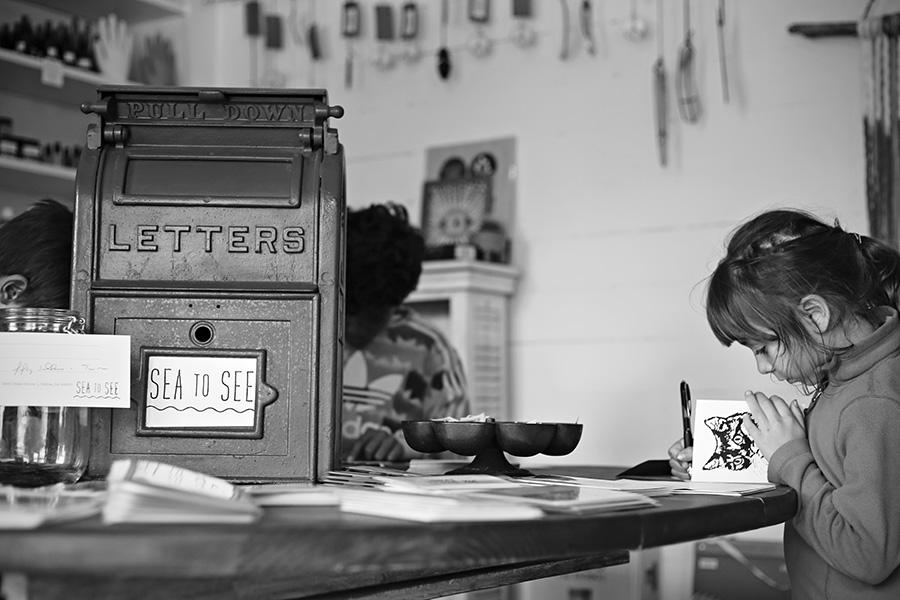Sending a letter in the mail requires paper, postage, ink and time. That last factor might be why receiving a letter feels like receiving . . .
Olema letter-writing social


Sending a letter in the mail requires paper, postage, ink and time. That last factor might be why receiving a letter feels like receiving . . .